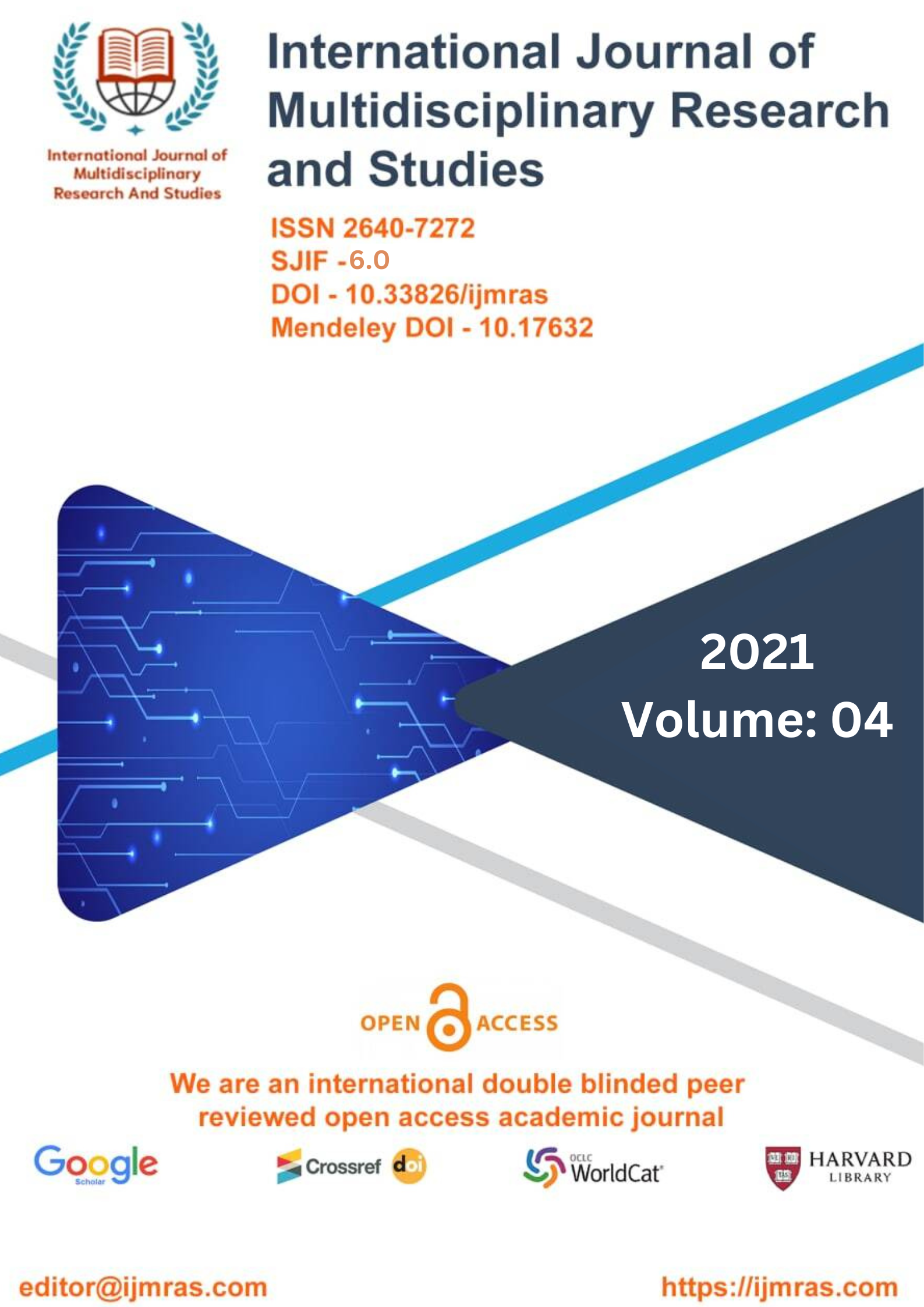GRAPHICAL PROCESSING UNITS OPTICAL CHARACTER

Abstract
For decades, OCR was the sole means to transform printouts into computer-process able data, and it is still the preferred method for turning paper invoices into extractable data that can be linked into financial systems, for example. However, electronic document submission now provides organizations with a significantly improved approach to areas like invoicing and sales processing, lowering costs and allowing employees to focus on higher-value activities. All thresholding1 techniques fall under the class of “data-reduction” algorithms. That is, the techniques seek to compress or reduce the information contained within a given image in order to reduce computational complexity. The purpose then is to remove or reduce the unwanted information or “noise” and leave the “important” information intact, such as removing the background of a bank check so the OCR application can read the signature panel. For OCR applications, data reduction is usually confined to reducing a grayscale or color image to a black-and-white (binary or bi-tonal) image. This reduction is accomplished by calculating a level of intensity against which individual pixel values are compared.
Keywords
Graphical, Units Optical, OCR applications, information intactHow to Cite
References
Dibco 2014. http://users.iit.demokritos.gr/~kntir/HDIBCO2014/ index.html. Accessed: 2015-08-03.
ABBYY. About ABBYY. https://www.abbyy.com/en-us/company/key-facts/, October 2016.
A. S. Abutableb. Automatic thresholding of gray-level pictures using twodimensional entropy. Computer Vision, Graphics, and Image Processing, 47:22–32, 1989.
Adnan Amin and Sue Wu. A robust system for thresholding and skew detection in mixed text/graphics documents. International Journal of Image and Graphics, 5(2):247–265, Apr 2005.
Itay Bar-Yosef, AlikMokeichev, Klara Kedem, ItshakDinstein, and Uri Ehrlich. Adaptive shape prior for recognition and variational segmentation of degraded historical characters. Pattern Recognition, 42(12):3348–3354, Dec 2009.
Junior Barrera, Marcel Brun, Routo Terada, and Edward R. Dougherty. Boosting OCR classifier by optimal edge noise filtering. Computational Imaging and Vision, 18(9):371–380, 2002.
Subhadip Basu, Nibaran Das, Ram Sarkar, Mahantapas Kundu, MitaNasipuri, and Dipak Kumar Basu. A hierarchical approach to recognition of handwritten bangla characters. Pattern Recognition, 42(7):1467–1484, July 2009.
C. I. Chang, Y. Du, J. Wang, S. M. Guo, and P. D. Thouin. Survey and comparative analysis of entropy and relative entropy thresholding techniques. IEEE Proceedings Vision, Image and Signal Processing, 153(6), Dec 2006.
Xin Chen, Yuefang Gao, and Zhonghong Huang. Cuda-accelerated fast sauvola’s method on kepler architecture. Multimedia Tools and Applications, pages 1–12, 2014.
John Cheng, Max Grossman, and Ty McKercher. Professional CUDA C Programming. John Wiley and Sons, Inc., 2014.
E.E. Fournier D’Albe. On a type-reading optophone. Proceedings of the Royal Society of London A: Mathematical, Physical and Engineering Sciences, 90(619):373–375, May 1914.
A. K. Das and B. Chanda. A fast algorithm for skew detection of document images using morphology. International Journal on Document Analysis and Recognition, 4(2):109–114, 2001.
License
Copyright (c) 2021 Anugya

This work is licensed under a Creative Commons Attribution 4.0 International License.
Individual articles are published Open Access under the Creative Commons Licence: CC-BY 4.0.



